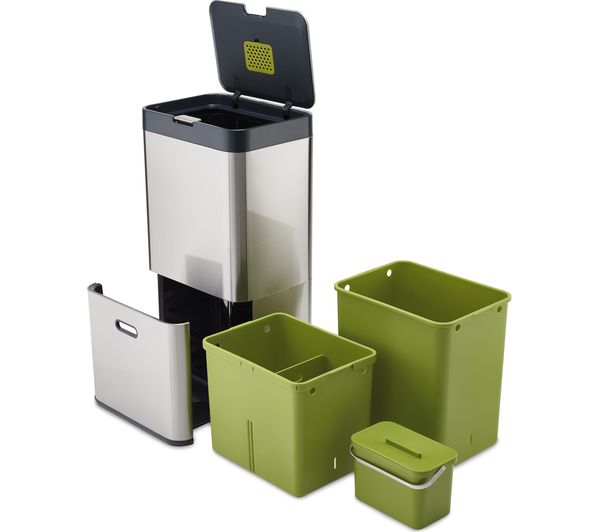

Lens coating is relatively recent invention in the 20 th century, and many lenses before the 1920’s are uncoated.ĭo Not: apply cleaning liquids directly to your Lens, put them on the cloth first.ĭo Not: try to avoid blowing on your lenses. We always want to avoid a sensor cleaning at the OEM factory, a time consuming process.Ĭareless cleaning habits, over time, can spoil the precision of your lens and disrupt the coating. This technique minimizes dust floating down from above into the camera sensor. This means point the camera to the ground, and bring the rear of the lens up toward it to place and then lock in your lenses. When you change lenses, the mantra is “Sensor Down”. The best way to keep dust off is to put the both front and rear lens caps on right away when you change lenses. Remember to clean dust and dirt off the rear lens element. This one came boxed with an Olympus Camera from Japan. If you want an immaculate cleaning, ensure your room is spotless, and use white gloves that come in a Cleaning kit. Streaking can be caused by some lens cleaning fluids and also by applying fluid with Q tips. A light application of Isopropyl alcohol over the filter surface after rinsing in water will speed up drying the filter and remove streaking. I clean filters in warm running water and dish detergent. Take a pristine soft cloth and delicately wipe away the streaking from the center outward. On rare occasions, a lens cleaning fluid or a Zeiss wipe applied with a Q Tip may leave streaking.

I prefer to ask a Pharmacist for the 99% alcohol version for cleaning my lenses. Special Tip: You can get ‘denatured” alcohol from Wal-Mart, or hardware stores, that is about 70% alcohol. Use the same concentric, circular pattern. There are larger packs of 250 wipes as well. At Walmart near the optical boutique section of the store, they are about $3 to $4 U.S. When it comes to clean a camera lens, they are my preferred method.
Toem clean camera pro#
For expensive pro lenses, older lenses, coated or un-coated lenses, binoculars, microscopes or even lenses of different formats, Zeiss wipes are effective, safe and easy to use.

Zeiss wipes are made in China and distributed by Carl Zeiss in California. Zeiss has a short video ad on air blowers, brushes, and cleaning fluid (). I’ve been using Zeiss Wipes on my lenses for years. This pattern cuts down on streaking more than wiping across the lens.Ī clean lens gives you back crisp detail and color.Īfter I remove all the dust with an blower, I always rip into a Zeiss Pre-Moistened Lens Wipe. This circular motion will remove oil, fingerprints, and grime from the lens surface, as you work from the center outward. Wipe in concentric circles out from the lens center.Īpply lens cleaning fluid (lens cleaner, 99% alcohol, DE-ionized water) to the cloth or Q Tip and wipe your lens gently in concentric circles starting from the lens center. I prefer a Q Tip because I know Q Tips don’t have any fabric softener or laundry detergent on them.Īlso, I have micro lenses with recessed front elements, and Q Tips can reach down into the recess and touch the glass a bit easier than I can with a cloth held in my fingers. Lens tissue, a pristine cleaning cloth or a Q tip are all options for cleaning gear. I find makeup brushes work well, purchased new.Ī soft bristle brush removes dust an air blower might miss.

Remove as much dust and dirt as possible from the lens with a blower or a finely soft-bristled hair brush. First, you can use a soft, spotless cloth or a Q Tip. If there is more to clean, there are two pro options for the next phase after dust is removed. This may be all you need to do….Easy! Apply a drop or two to a Q Tip. Get a blower or a blower brush and gently remove all dust and particles. I bought mine for about $5 on Amazondotcom. The first step is to blow off dust so use a universal rubber air blower.
Toem clean camera how to#
Here’s how to clean your lenses like the pros in 3 easy stages: Blowers, Brushes and Wipes, Oh My. When you take good care of your lenses you’ll get the benefits of crisp details and authentic color that you have a right to expect from your gear. Three levels to cleaning your lenses by Apogee Photo Magazine Jim Austin Jimages. We’ll talk cleaning filters, things to avoid, and changing lenses to minimize dust. Jim Austin covers three super easy ‘Do It Yourself’ techniques to clean a camera lens. Keeping your glass pristine saves you time and significantly improves the clarity of your images. You’ve invested a lot of time and money in your camera lenses.


 0 kommentar(er)
0 kommentar(er)
